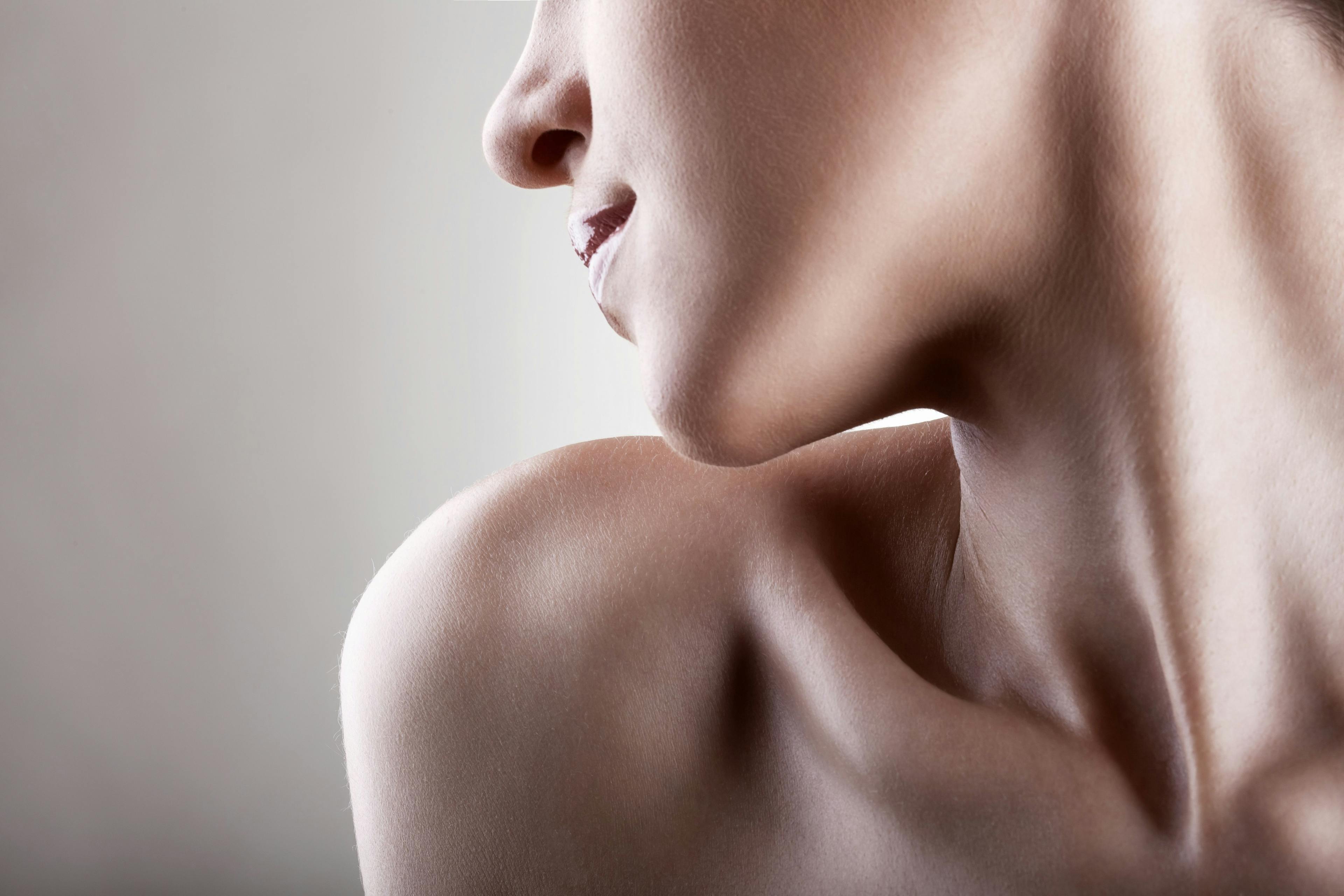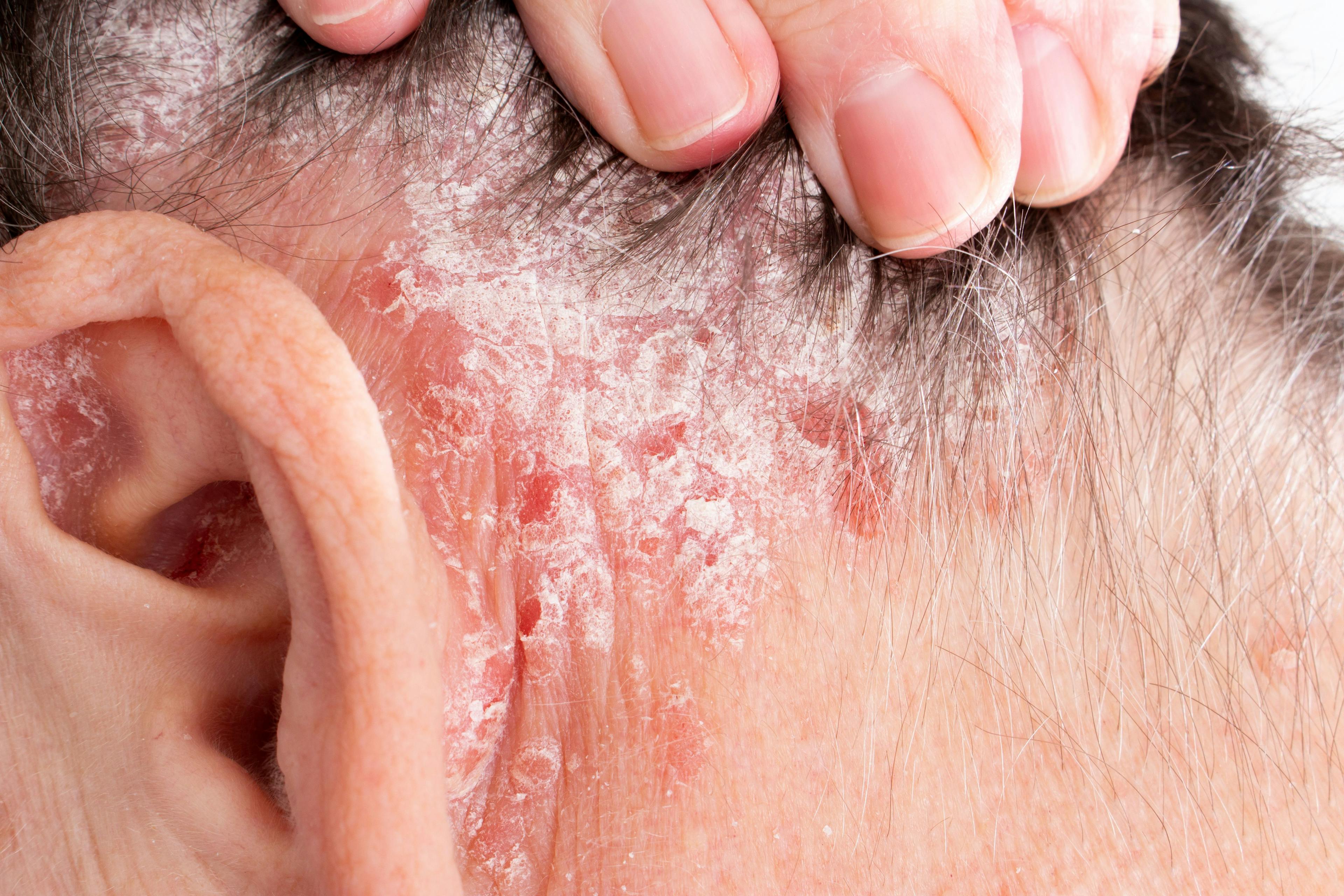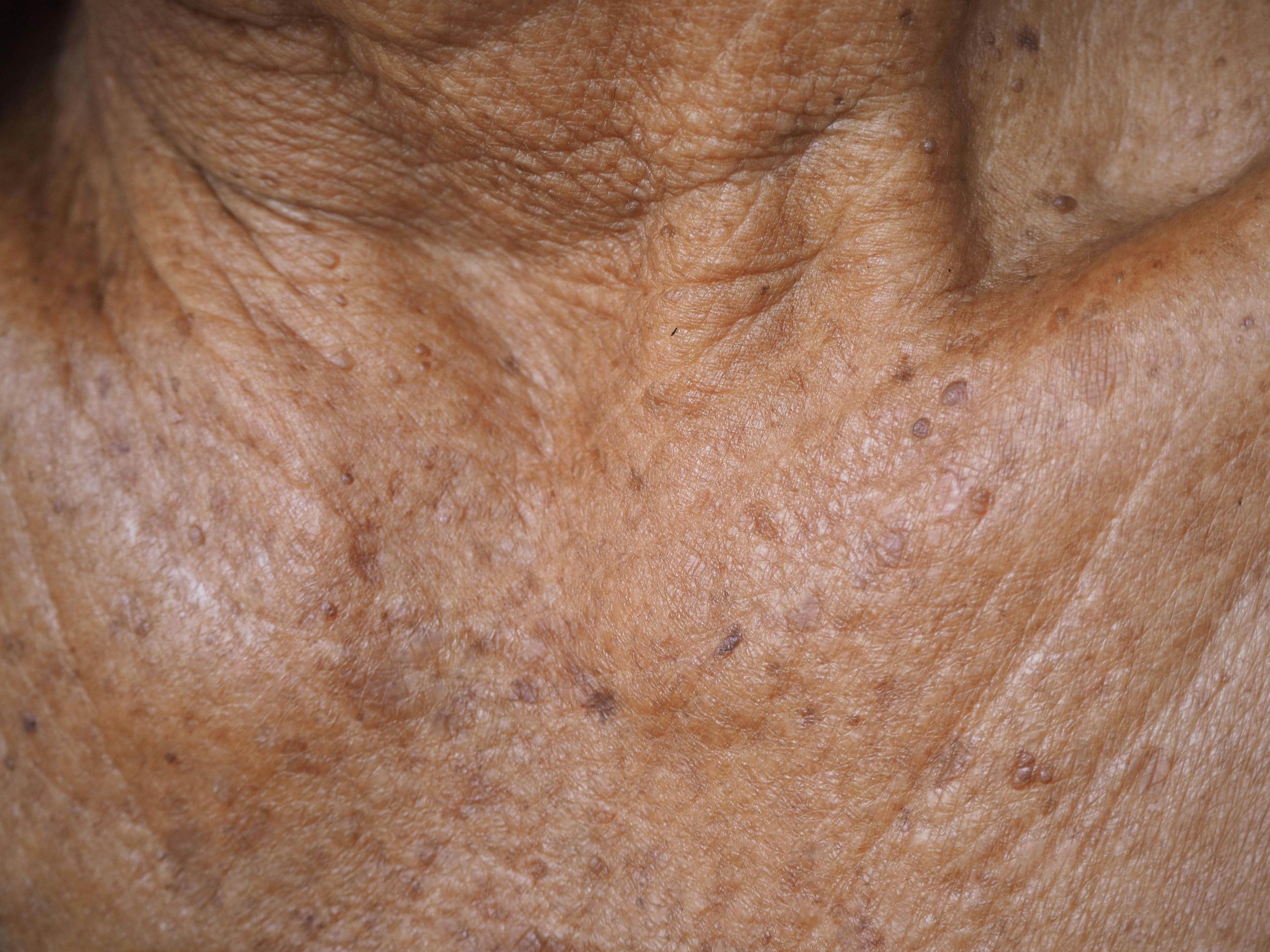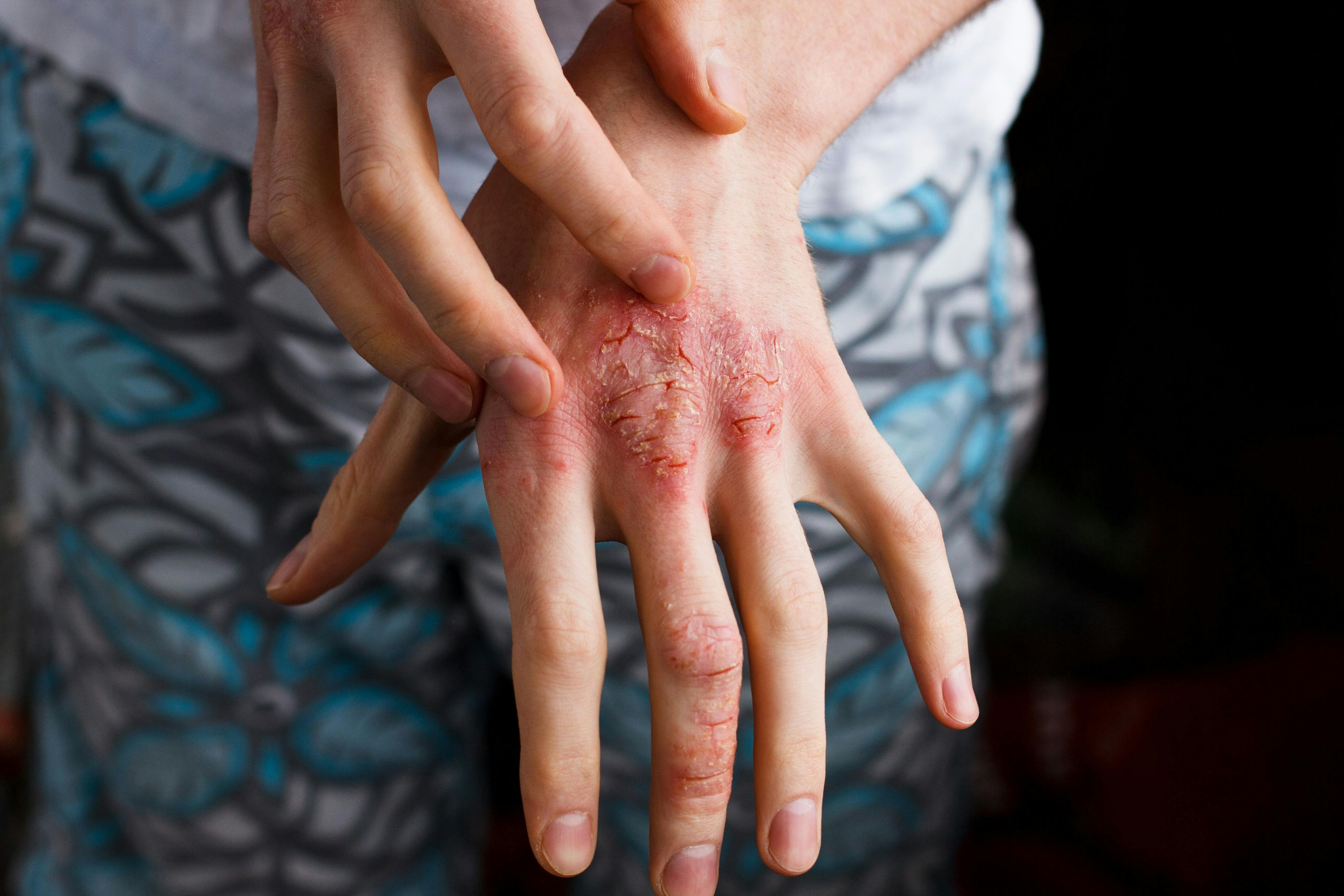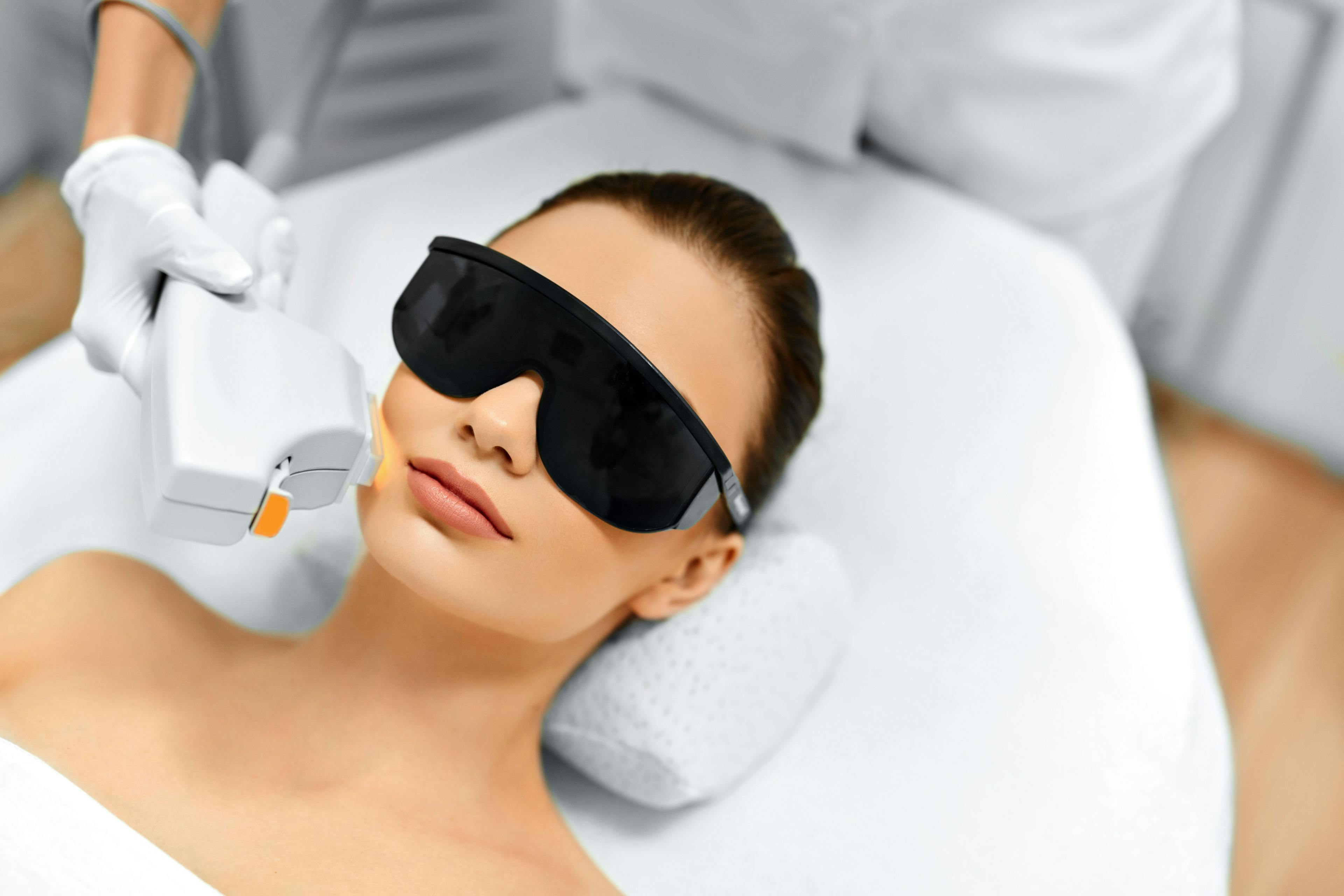- Acne
- Actinic Keratosis
- Aesthetics
- Alopecia
- Atopic Dermatitis
- Buy-and-Bill
- COVID-19
- Case-Based Roundtable
- Chronic Hand Eczema
- Chronic Spontaneous Urticaria
- Drug Watch
- Eczema
- General Dermatology
- Hidradenitis Suppurativa
- Melasma
- NP and PA
- Pediatric Dermatology
- Pigmentary Disorders
- Practice Management
- Precision Medicine and Biologics
- Prurigo Nodularis
- Psoriasis
- Psoriatic Arthritis
- Rare Disease
- Rosacea
- Skin Cancer
- Vitiligo
- Wound Care
Publication
Article
Dermatology Times
Pipeline of Promise for Atopic Dermatitis
Author(s):
New therapies raise patient expectations for fast efficacy, lower costs, and fewer adverse effects.
Ongoing advances in atopic dermatitis (AD) treatment appear to have raised many patients’ expectations. Yet dermatologists must continue reaching out to patients who have abandoned hope of effective treatment, according to 2 experts. Amid these dynamics, here are their top 8 recent and ongoing advances to watch in treating AD and eczema
1. Pipeline of Hope
“It remains an exciting time in atopic dermatitis, and potentially an incredibly interesting year ahead. We’re at this time period with a bolus of new drugs probably coming into the hands of specialists,” said Lawrence F. Eichenfield, MD. He is a Distinguished Professor of Dermatology and Pediatrics at the University of California San Diego and Rady Children’s Hospital-San Diego in California.
The approval of crisaborole (Eucrisa; Pfizer) for the age of 3 months marks the first nonsteroidal topical agent for patients this young, Eichenfield said. Similarly, he said, approval of dupilumab (Dupixent; Sanofi and Regeneron Pharmaceuticals), the first nonsteroidal systemic therapy for eczema down to age 6, makes pediatric dermatologists eager to see results of trials investigating potential label expansion down to age 2 or lower (eg, NCT03346434).
Oral JAK inhibitors abrocitinib (PF-04965842; Pfizer), baricitinib (Olumiant; Eli Lilly and Company), and upadacitinib (Rinvoq; AbbVie), are awaiting FDA approval and labeling. A September 1, 2021, FDA decision to require warnings of serious health risks on JAK inhibitor tofacitinib (Xeljanz; Pfizer), which is used to treat rheumatoid arthritis among other conditions, delivered a setback.
The decision was expanded to include baricitinib and upadacitinib in the warning mandate. Although these 2 drugs were not studied in large safety trials like tofacitinib and the risks have not been fully evaluated, the FDA included them in the decision to require the warnings about the risks of serious infections, mortality, malignancy, major adverse cardiovascular events and thrombosis, because they share a similar mechanism of action with tofaticinib.1,2
However, on September 21, 2021, the FDA approved the first and only topical JAK inhibitor for the treatment of AD. The approval of ruxolitinib (Opzelura; Incyte) from the Topical Ruxolitinib Evaluation in AD (TRuE-AD) clinical program “showed patients experienced significantly clearer skin and itch reduction when treated with Opzelura cream 1.5% twice daily (BID), compared to vehicle (nonmedicated cream)”, according to a company press release.3
Ruxolitinib is approved for the short-term and noncontinuous chronic treatment of mild to moderate AD in nonimmunocompromised patients 12 years and older whose disease is not adequately controlled with topical prescription therapies, or when those therapies are not advisable, according to the Incyte statement.
Although the most common (≥1%) treatment-emergent adverse events (TRAEs) in patients treated with ruxolitinib were nasopharyngitis, diarrhea, bronchitis, ear infection, eosinophil count increase, urticaria, folliculitis, tonsillitis, and rhinorrhea, the FDA required this topical to include the boxed warnings seen with JAK inhibitors for inflammatory conditions.
In coming months, added Peter Lio, MD, dermatologists must find ways to best understand these new treatments and how to optimize their use. “Beyond the JAK inhibitors, we have new topical agents, new systemic agents, and a very robust research pipeline that is looking at nerve endings and the microbiome as well,” said Lio, clinical assistant professor of dermatology and pediatrics at Northwestern University Feinberg School of Medicine in Chicago, Illinois.4
2. Raising the Stakes
"We don't just have growth in our armamentarium of therapy,” Eichenfield said. “We have a continued movement in having patients come to the dermatologist with expectations for improved therapy.”
Lio said that with safer, more effective treatments comes a higher “treat-to-target” responsibility.“ The goal is no longer to hand-hold while patients suffer, but to truly aim for clear or almost clear, and to do so safely without overreliance on corticosteroids.5
According to a recent Health Union survey of 770 patients with eczema, only 28% believe their eczema is extremely well controlled; a similar proportion say it is poorly or not controlled.6 Additionally, 70% of topical corticosteroids users are not satisfied with their results.
“From a patient standpoint,” Eichenfield said, “there’s a tremendous desire and need for better therapy.” To reach patients who have not sought eczema treatment in years, he said that— love or loathe them—direct-to-consumer ads for eczema treatments can make patients reconsider visiting their doctors. Simultaneously, he said, dermatologists must educate pediatricians, family practitioners, and internists that as specialists’ appreciation of eczema’s impact has grown, so has their ability to manage the disease.
3. Steering Eczema's Clinical Course
“While still speculative, there is increasing suspicion that good disease control could not only have a disease-modifying effect on AD, but may also help minimize the development of other allergic conditions such as food allergies, which are thought to be mediated via the skin,” Lio said.
In pivotal AD trials of dupilumab,7-11 which is approved for severe asthma to age 12, investigators did not record treatment impact on asthma. "But in our clinical experience,” said Eichenfield, “it’s been incredible, especially in our 6- to 18-year-olds.” He counsels kids with asthma who go on dupilumab not to stop their asthma medicines suddenly. However, many such patients report that their asthma improves so much that they require less asthma medication.
Meanwhile, said Eichenfield, it remains unclear how much of other known and emerging AD comorbidities stems from prolonged disease or long-term treatment effects. For example, he said, no one knows whether osteoporosis occurs secondary to eczema itself, or to past corticosteroid use. Similar knowledge gaps exist regarding emerging comorbidities ranging from anxiety to cardiovascular disease.
4. Body Regions Matter
A significant proportion of patients who otherwise do well on dupilumab continue to have refractory eczema in high-impact areas such as the face and hands, Eichenfield said. Regarding the face, he is eager to see whether newer nonsteroidal topicals such as topical ruxolitinib, or alternative therapies such as oral JAK inhibitors, will help. It is also unknown whether newer biologics such as the IL-13 inhibitors lebrikizumab (Eli Lilly and Company) and tralokinumab (Adtralza; LEO Pharma), or nemolizumab (Galderma), which targets itch via IL-31, will benefit these patients, he said.
Although chronic hand eczema in children and adolescents remains a significant issue in clinical practice, Eichenfield added, very few studies address this complex condition. However, the oral JAK1-3/TYK2 and spleen tyrosine kinase (Syk) inhibitor gusacitinib (ASN002; Asana BioSciences) is being studied under the FDA fast-track designation in chronic hand eczema, as is the topical JAK1-3/TYK2 inhibitor delgocitinib (LEO Pharma).
5. AD: Multiple Diseases?
“AD is likely not 1 single disease,”4 Lio said. “There are variations across demographics, but even within the same group, there are differences in presentation.” Accordingly, he said, there is a push to consider eczema a spectrum of disease—at least until dermatologists have molecular biomarkers that can foster truly personalized medicine.12
Eichenfield added, “We have patients with very severe AD who are essentially clear within 6 to 9 months of dupilumab.” But others remain stuck at 40% to 50% improvement. “And with our biologic and oral agents, we are not yet at the point where we can, based on clinical findings, history, or biomarker, predict who are going to be the high responders. Wouldn’t it be nice in the future to have the ability to distinguish who’s going to do best with each drug?” Investigators developing systemic eczema drugs continue to seek potential biomarkers of response, he said, but have yet to find any reliable ones.
“The inflammation of AD changes over time, with chronic lesions being a bit different than acute lesions,” Lio added. Although experts are on early stages of understanding these variations, he said, these differences may one day have treatment implications as well.
6. Triggers Are Everywhere
“The environment has a clear impact on AD,” Lio said. “Most recently, we have seen disease flaring in the wake of wildfires.13 This suggests that we need to put more focus on the patient environment going forward.”
In the survey,6 more than 60% of respondents reported experiencing triggers ranging from strong emotions to foods and fabrics. However, only 45% say that their main healthcare provider discusses triggers and lifestyle changes with them. In a separate question, dermatologists (noted by 47% of patients) were more likely to discuss triggers and lifestyle changes than were primary-care and family physicians (36%).
7. Skin of Color (SOC)
“Dermatologists are very aware that patients with skin of color may have variations in the presentation of AD and have many more issues with postinflammatory hypo- and hyperpigmentation,” said Eichenfield. Consistent data show that black patients may present with more lichenified and/or lichenoid dermatitis, as well as prurigo lesions.14,15 “These manifestations take longer for clinical response whether one is using a topical or systemic agent,” he said.
Nevertheless, Eichenfield added, leading dermatologists whose interests in SOC and AD overlap are confident that new topical and systemic agents, combined with traditional agents where appropriate, will effectively manage patients with SOC.
8. Multidisciplinary Mantra
Eichenfield said that his experience with the program “has shown me the benefit of a holistic approach, beyond just caring for the skin, in terms of helping patients do better with the disease, as well as feel better about their disease.”
Specifically, he said, teamwork helps providers better handle AD education. “It’s way harder than most other diseases in terms of explaining the background, the expected course, and how the different therapies fit in. It takes more time than we usually have to get patients understanding their disease. And many times, they may not be comfortable using their medicines as directed.”
In the Health Union survey,6 lack of awareness about treatment options (cited by 22% of patients) was the number 2 barrier to ideal treatment, behind only cost (25%). Additionally, 18% of patients report difficulty fully expressing their treatment needs to providers.
“Patients are reporting that they don’t feel they know enough about treatments,” Eichenfield said. “Sometimes they blame the doctor for not offering treatments that work for them. And there may be insufficient time to both get educated about new and traditional treatments, and to figure out what might be the best treatment for that individual.”
The fact that patients commonly see multiple providers for their eczema further complicates matters, he said, particularly if patients receive multiple prescriptions or mixed messages about their care.
Regarding costs, said Eichenfield, patients clearly perceive co-pays and medication costs as obstacles to optimal treatment. “We’re hopeful that as new medicines become available, they’re accepted not just by patients, but also by our payers,” he added.
References:
1. Research C for DE and. FDA requires warnings about increased risk of serious heart-related events, cancer, blood clots, and death for JAK inhibitors that treat certain chronic inflammatory conditions. FDA. Published online September 1, 2021. Accessed September 2, 2021. https://www.fda.gov/drugs/drug-safety-and-availability/fda-requires-warnings-about-increased-risk-serious-heart-related-events-cancer-blood-clots-and-death
2. Research C for DE and. FDA approves Boxed Warning about increased risk of blood clots and death with higher dose of arthritis and ulcerative colitis medicine tofacitinib (Xeljanz, xeljanz xr). FDA. Published online July 26, 2019. Accessed September 2, 2021. https://www.fda.gov/drugs/drug-safety-and-availability/fda-approves-boxed-warning-about-increased-risk-blood-clots-and-death-higher-dose-arthritis-and
3. Incyte. Incyte announces FDA approval of Opzelura (ruxolitinib) cream, a topic JAK inhibitor, for the treatment of atopic dermatitis (AD). News release. September 21, 2021. Access September 21, 2021. https://investor.incyte.com/press-releases/press-releases/2021/Incyte-Announces-U.S.-FDA-Approval-of-Opzelura-ruxolitinib-Cream-a-Topical-JAK-Inhibitor-for-the-Treatment-of-Atopic-Dermatitis-AD/default.aspx
4. Bilimoria S, Tegtmeyer K, Lio P. Advances in the translational science of dermatitis. Immunol Allergy Clin North Am. 2021;41(3):361-373. doi:10.1016/j.iac.2021.04.001
5. Lohman ME, Lio PA. Comparison of psoriasis and atopic dermatitis guidelines—an argument for aggressive atopic dermatitis management. Pediatr Dermatol. 2017;34(6):739-742. doi:10.1111/pde.13282
6. Health Union. Atopic Dermatitis in America 2021. June 2021. Accessed August 4, 2021. www.health-union.com.
7. Simpson EL, Bieber T, Guttman-Yassky E, et al. Two phase 3 trials of dupilumab versus placebo in atopic dermatitis. N Engl J Med. 2016;375(24):2335-2348. doi:10.1056/NEJMoa1610020
8. de Bruin-Weller M, Thaçi D, Smith CH, et al. Dupilumab with concomitant topical corticosteroid treatment in adults with atopic dermatitis with an inadequate response or intolerance to ciclosporin A or when this treatment is medically inadvisable: a placebo-controlled, randomized phase III clinical trial (LIBERTY AD CAFÉ). Br J Dermatol. 2018;178(5):1083-1101. doi:10.1111/bjd.16156
9. Blauvelt A, de Bruin-Weller M, Gooderham M, et al. Long-term management of moderate-to-severe atopic dermatitis with dupilumab and concomitant topical corticosteroids (LIBERTY AD CHRONOS): a 1-year, randomised, double-blinded, placebo-controlled, phase 3 trial. Lancet. 2017;389(10086):2287-2303. doi:10.1016/S0140-6736(17)31191-1
10. Simpson EL, Paller AS, Siegfried EC, et al. Efficacy and safety of dupilumab in adolescents with uncontrolled moderate to severe atopic dermatitis: a phase 3 randomized clinical trial. JAMA Dermatol. 2020;156(1):44-56. doi:10.1001/jamadermatol.2019.3336
11. Paller AS, Siegfried EC, Thaçi D, et al. Efficacy and safety of dupilumab with concomitant topical corticosteroids in children 6 to 11 years old with severe atopic dermatitis: a randomized, double-blinded, placebo-controlled phase 3 trial. J Am Acad Dermatol. 2020;83(5):1282-1293. doi:10.1016/j.jaad.2020.06.054
12. Butler DC, Simpson E, Guttman-Yassky E, et al. The atopic dermatitis spectrum disorder: recognizing the clinical heterogeneity in patients with atopic related skin conditions in order to improve therapeutic decision-making and outcomes: an expert panel consensus statement. J Dermatolog Treat. 2021;1-3. doi:10.1080/09546634.2021.1966356
13. Fadadu RP, Grimes B, Jewell NP, et al. Association of wildfire air pollution and health care use for atopic dermatitis and itch. JAMA Dermatol. 2021;157(6):658-666. doi:10.1001/jamadermatol.2021.0179
14. Sangha AM. Dermatological conditions in skin of color: managing atopic dermatitis. J Clin Aesthet Dermatol. 2021;14(3 Suppl 1):S20-S22.
15. Kaufman BP, Guttman-Yassky E, Alexis AF. Atopic dermatitis in diverse racial and ethnic groups—variations in epidemiology, genetics, clinical presentation and treatment. Exp Dermatol. 2018;27(4):340-357. doi:10.1111/exd.13514
Disclosure:
Eichenfield has served as a scientific adviser, consultant, and/or clinical study investigator for AbbVie, Almirall, Arcutis, Arena, ASLAN Pharmaceuticals, Dermavant, Dermira, Eli Lilly and Company, Forté Biosciences, Galderma, Ichnos Sciences/Glenmark, Incyte, LEO Pharma, Novartis, Ortho Dermatologics, Pfizer, Regeneron, and Sanofi Genzyme.
Lio has been a speaker for Sanofi Genzyme, Regeneron Pharmaceuticals, Pfizer, Eli Lilly Company, LEO Pharma, Galderma, Incyte, and L'Oréal; an advisory board member for Almirall, ASLAN Pharmaceuticals, Dermavant Sciences, Sanofi Genzyme, Pfizer, LEO Pharmaceuticals, AbbVie, Eli Lilly and Company, Micreos, L'Oréal, Pierre Fabré, Johnson & Johnson, Level Ex, KP Away, Unilever, Menlo Therapeutics, Theraplex, IntraDerm, Exeltis, AOBiome, Realm Therapeutics, Altus Labs, Galderma, Verrica, Arbonne, Amyris, Bodewell, Yobee Care, Burt's Bees, MyOR Diagnostics, and Kimberly-Clark; a researcher for AOBiome, AbbVie, Regeneron Pharmaceuticals, and Sanofi Genzyme; a patent holder for Theraplex AIM (Splashe Brands, patent pending); and a stockholder in LearnSkin, Micreos, Yobee Care, Altus Labs, and KP Away.
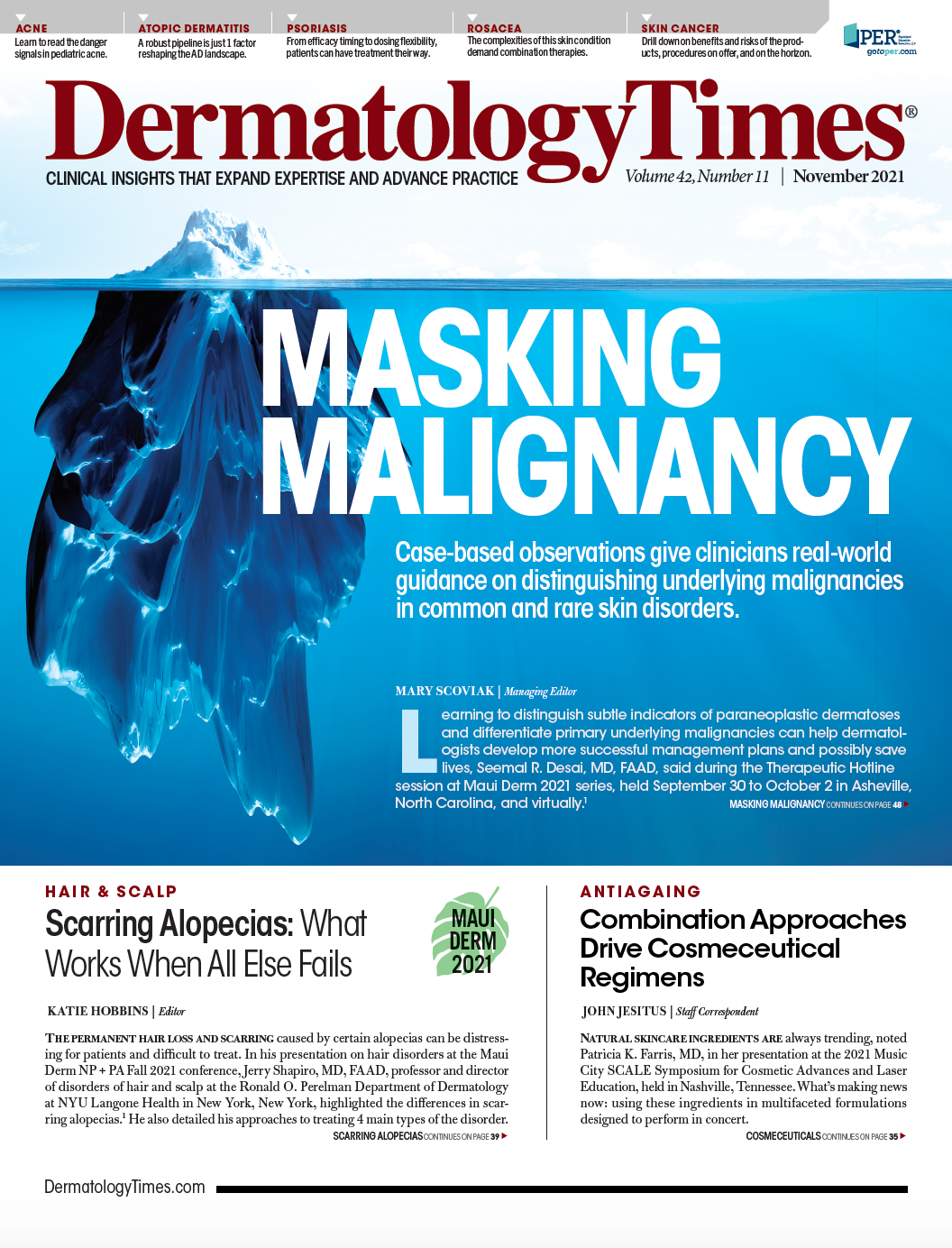
Newsletter
Like what you’re reading? Subscribe to Dermatology Times for weekly updates on therapies, innovations, and real-world practice tips.





